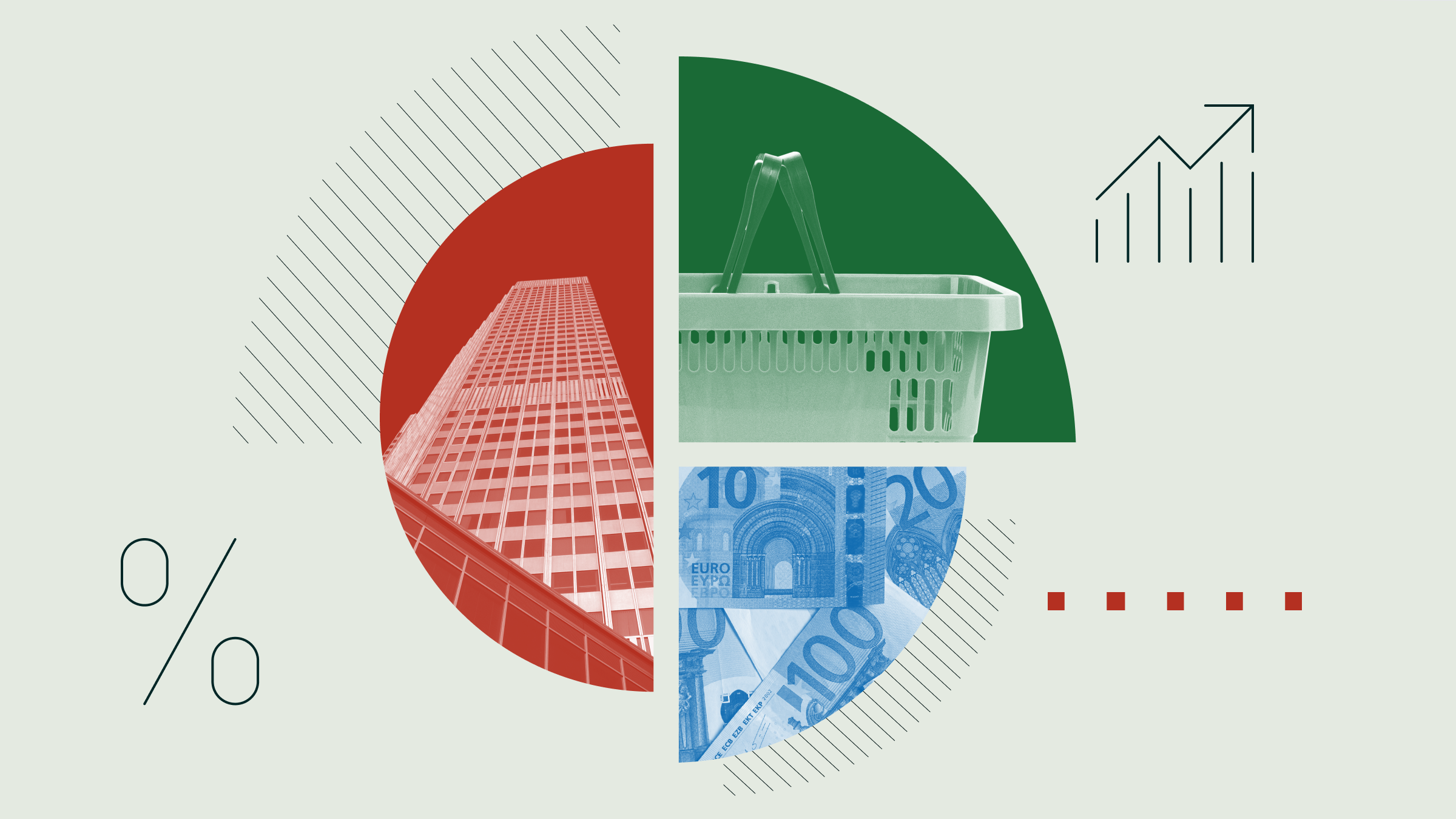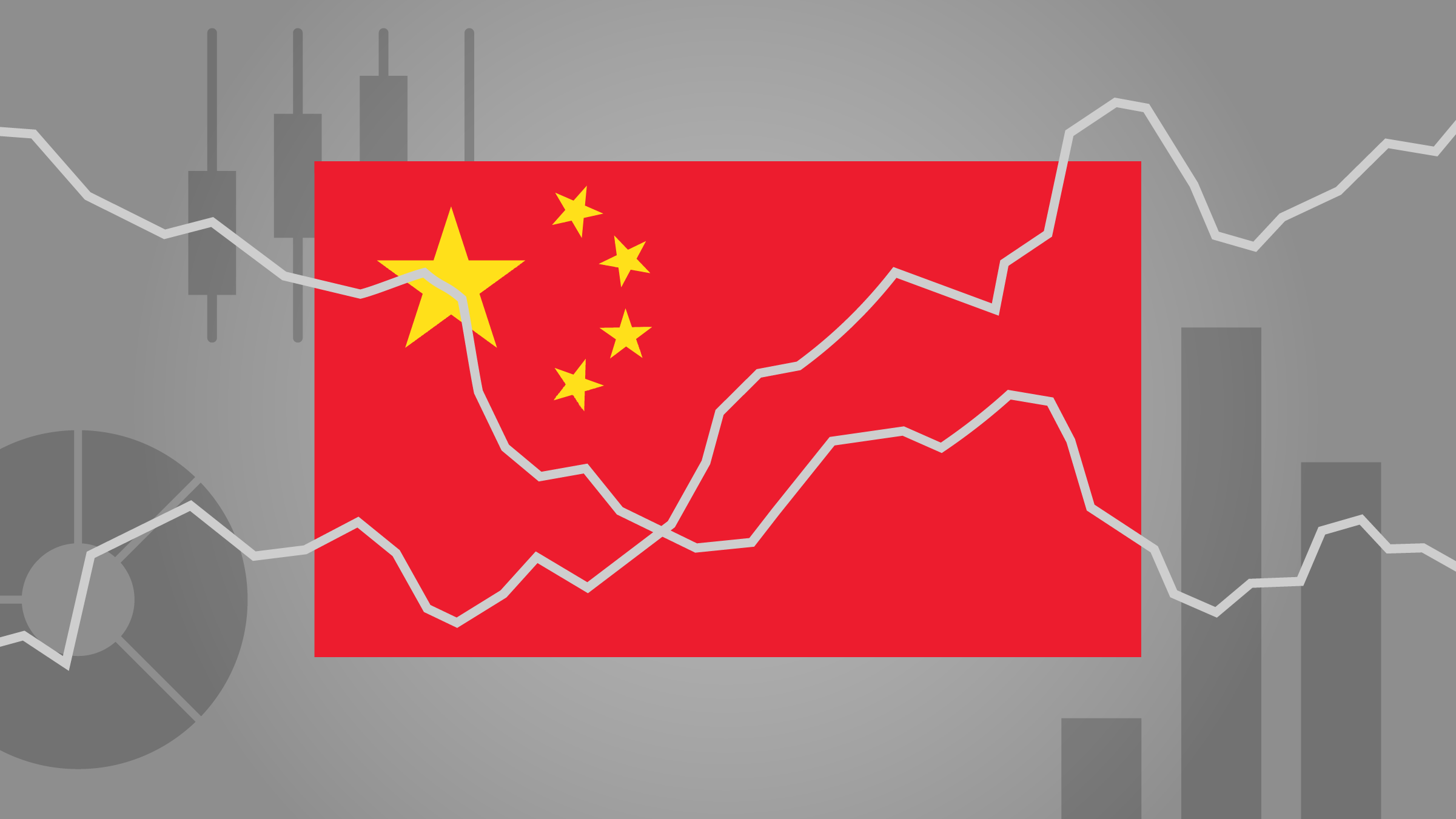Lukas Strobl: It's a few days until the Chinese New Year, ending a year that many investors will want to forget. Alibaba has lost half its value and mainland-listed stocks are teetering near bear market territory after a series of regulatory crackdowns and a property finance crisis. Here to discuss with me whether the year of the Tiger is looking any better is JPMorgan Asset Management's Global Market Strategist, Mike Bell. Mike, where are Chinese stocks headed next?
Mike Bell: So, we actually think the next couple of years are probably going to be pretty strong for Chinese equities. If you look over since 2010, there have been four occasions on which MSCI China has gone down by more than 30%, including the most recent one. On the prior three occasions. once Chinese stocks had fallen 30%, they were always higher a year later, and two years later, they were a minimum of 25% higher, and on the other two occasions, they were more than 40% higher two years after they had fallen by 30%. Now, of course, the past is not always a perfect guide to the future. But that does suggest to us that it's probably not a good time to be selling Chinese stocks and that the likelihood is, we'll probably see strong returns over the next couple of years.
Strobl: Now, the past year's correction has put a damper on some of these stretched valuations. What defines Chinese stocks that are most likely to outperform from here on?
Bell: Yeah. So, you're right that valuations have come down a lot. Valuations for China were on about 18.5 times forward earnings back in February of last year. They've now come down to only 12 times on the P/E ratio, so looking much more reasonably valued. That compares with the U.S. where the S&P 500 is on a P/E of about 19.5 times earnings. So, China is significantly cheaper than the U.S. despite the fact that we think that Chinese growth is going to be more than twice as strong as U.S. growth over the next decade. In terms of earnings, consensus is forecasting around 15% earnings growth both for 2022 and 2023. So, even if valuations stay at these relatively low levels, that should support Chinese stocks over the next couple of years.
Looking at which sectors are likely to do well, we think the consumer is an area that's very exciting. The middle class is expected to grow by about a third of a billion people by 2030. That's as many people as live in the whole of the United States. And so, as their incomes rise and consumption grows, we think that will benefit consumer-facing stocks. We also think that in the tech sector, things like industrial automation, semiconductors and some software companies look attractive. And then, finally, we think there are attractive opportunities in the healthcare sector.
Strobl: Now, last year, there have been crackdowns on education, Chinese big tech. There was the Evergrande fiasco. Those were shocks that few could have seen coming. What kinds of wildcards should we be on the lookout for next?
Bell: Yeah. So, as you say, last year was indeed a difficult year, largely because we saw a significant slowdown in the pace of credit growth in China. Now, the good news this year is it looks like credit growth is actually stabilizing in China, and whereas in the West, it seems like we're going to see tighter monetary policy. In China, they're actually going in the opposite direction and easing monetary policy so that that stimulus could actually produce a bit of a positive surprise relative to what some people expect at the moment.
The other risks out there, I think, are Omicron. China has so far done incredibly well at containing COVID over the last few years with their zero COVID policy. Omicron, of course, is much more transmissible than previous variants, and so, there's a risk that were that to get out, it could spread pretty quickly through the population. But that speed of transmissibility is also a reason we think that if it did, even in that worst-case scenario, spread very rapidly through the population, it would likely only be a relatively brief pit to economic activity and then growth would resume after that.
So, I think, overall, if we look at the outlook for China over the next couple of years, we see that valuations have come down quite a lot, the authorities are stimulating now, whereas last year you saw tighter policy, and the combination of those cheaper valuations plus some stimulus suggests to us that the outlook over the next couple of years should be pretty strong for Chinese equities.
Strobl: So, a Happy New Year indeed. Thank you for joining us, Mike. For Morningstar, I'm Lukas Strobl.





















